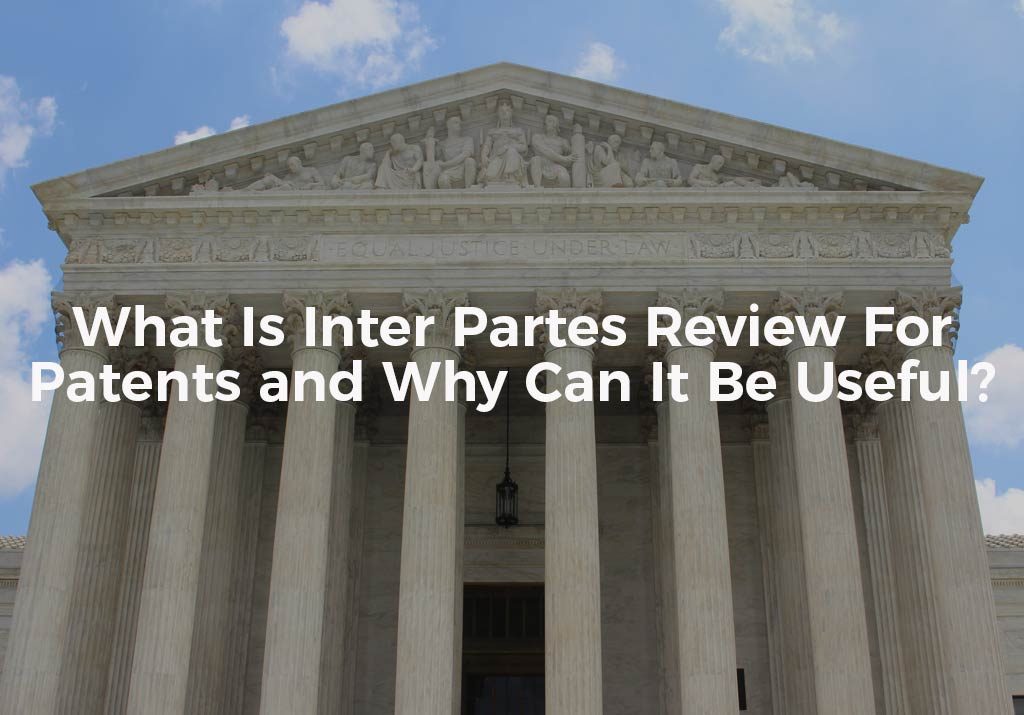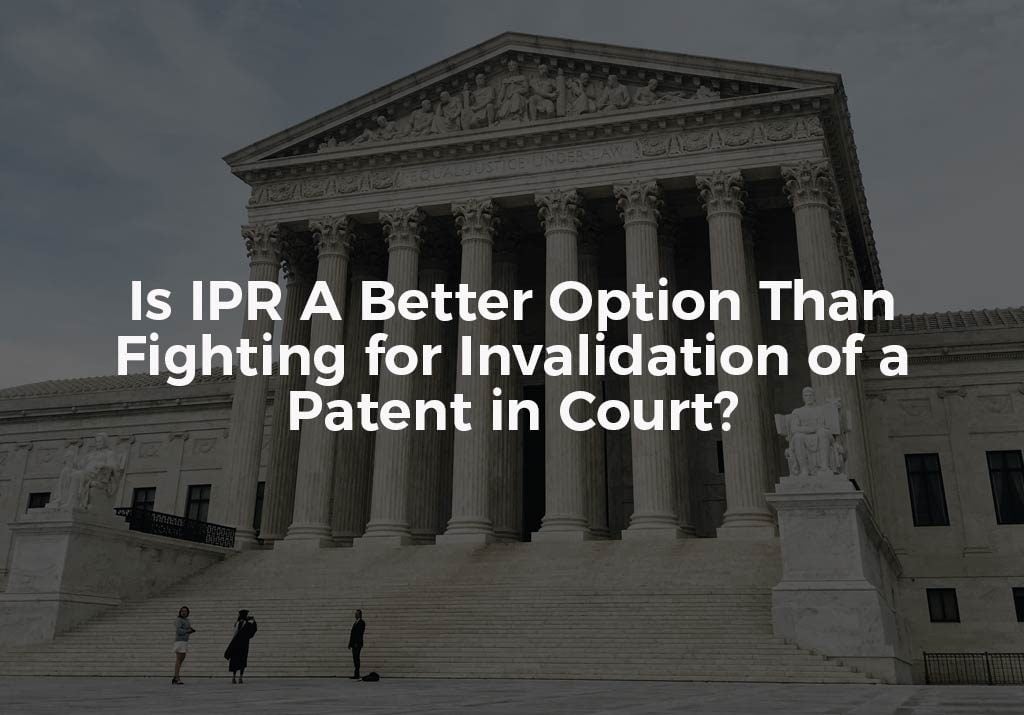The United States Patent and Trademark Office (USPTO) is not an infallible government entity, and from time to time the Patent Office might make a mistake by granting a patent in error. When this happens, while the patent holder might be elated at their newly granted patent rights, other third-party entities, such as the patent holder’s competitors, may be miffed. When someone other than a patent holder has reason to believe that a patent was issued in error, they have legal recourse through an Inter Partes Review (IPR) challenge.
What Is IPR?
IPR is an opportunity for anyone who is not a patent holder to challenge the validity of an issued patent before the Patent Trial and Appeal Board (PTAB) at the USPTO. IPR is a particularly handy form of legal action for businesses that want to see their competitors’ patents rendered unusable, and for those entities who stand accused of infringement.
In order to take advantage of an IPR challenge, there are specific timing rules that must be followed. Specifically, an IPR petition can be filed after the later of either nine months after the contested patent was issued, or after the termination of a Post Grant Review proceeding, which is another form of post-allowance patent review that occurs before the PTAB. An additional timing requirement applies to those IPR petitioners who are facing infringement litigation. An IPR must be filed by an infringement defendant within one year of the initiation of an infringement action.
Why Is IPR A Useful Option?
IPR can be immensely beneficial if it is used effectively as part of a thorough and well-planned IP strategy. Consider the following advantages of IPR over litigation:
- IPR Petitions Offer The Challenger A Procedural Choice. IPR offers challengers a choice between having the PTAB review the contested patent or having the District Court review the contested patent.
- IPR Is Likely More Favorable To The Challenger. IPR is usually more favorable to a challenger than the courts can be. For instance:
- In an IPR there is no presumed validity of the contested patent, whereas judges and juries presume that a patent that is issued by the USPTO is valid.
- IPR also uses a broader claim construction standard (i.e., the broadest reasonable interpretation of the claim) than the claim construction standard used by the Court, which is the ordinary and customary meaning standard.
- There is a lower burden of proof for invalidity in an IPR than in litigation. IPR only requires a preponderance of the evidence standard, while the Court requires the clear and convincing evidence standard.
- IPR Is Usually A Quicker Path to Invalidity. If the PTAB elects to institute the IPR proceeding, IPR is a relatively quick process taking on average about 18-24 months to get a decision back from the PTAB. Litigation, on the other hand, can last for years on end.
- IPR Is Oftentimes More Affordable Than Litigation. The costs associated with IPR are more easily determined ahead of time-based on the number of contested patents under IPR challenge, whereas litigation costs are likely to be very high and unpredictable.
Need Help Filing An IPR? Speak With Us.
If you are interested in filing an IPR against your competitor or a patent holder that is accusing you of infringing activity, the IPR lawyers at The Rapacke Law Group are ready to help. Please contact us today to schedule a free initial consultation with one of our attorneys.




